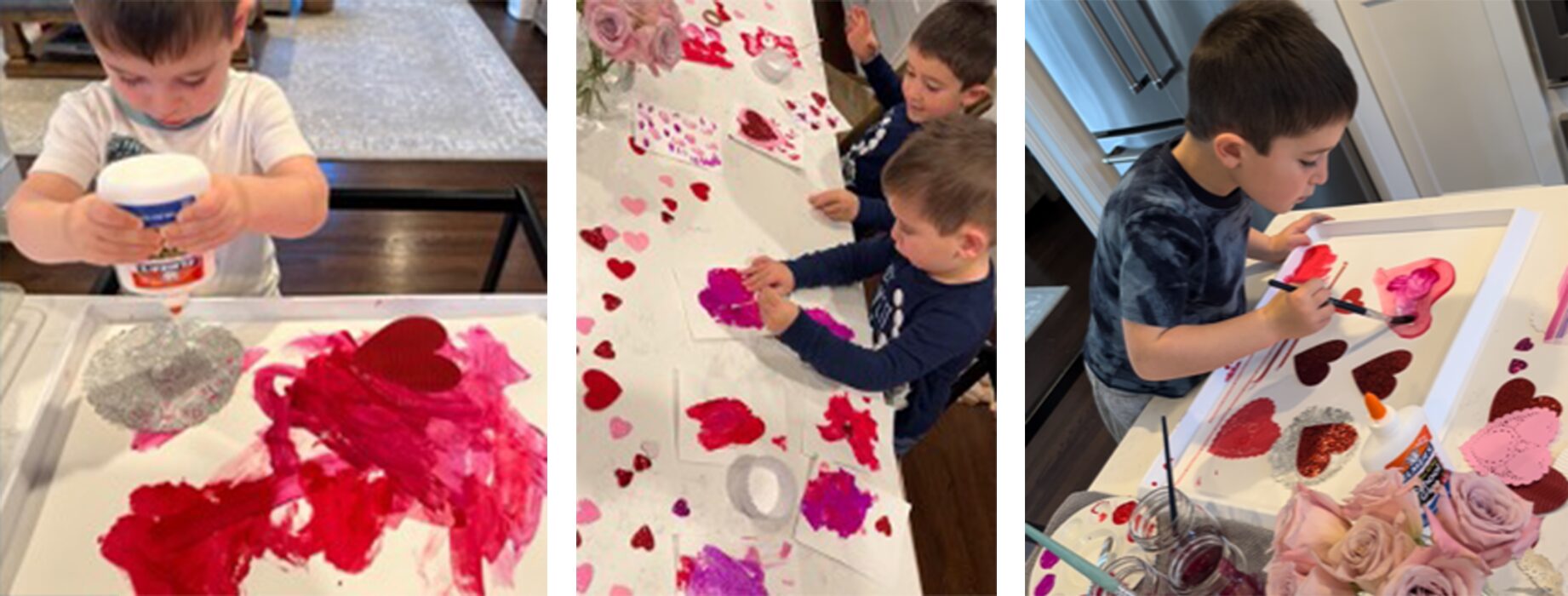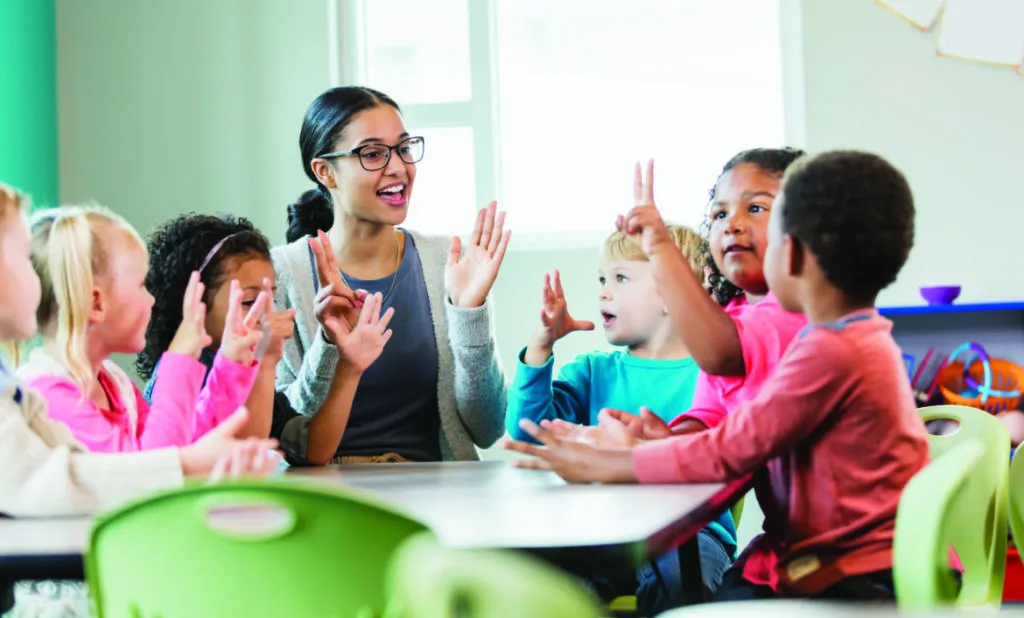Is it Art?: The Importance of Loving the Process


Art experiences for young children, when offered in developmentally appropriate ways, emphasize the creation process; promote critical thinking; and support the development of all domains of learning, including social–emotional, language, cognitive, literacy, and math.
Alas, too frequently “craft making” is introduced in early childhood classrooms under the guise of art making, which often stifles children’s creativity and limits their willingness to explore, make mistakes, and test out their ideas. This statement may leave many early childhood professionals asking themselves “How do I know if an experience is truly process art and will provide the rich learning opportunities I so desire for the children in my care?”
Rest assured, professionals using the high-quality resources in The Creative Curriculumcan learn to identify and facilitate authentic, child-led art-making while nurturing children’s creativity and establishing positive relationships.
Process Art in Action

The most joyful art-making experiences often unfold when teachers introduce simple materials in engaging and interesting ways that invite children to decide what to do.
Consider the following example as one way to offer children an invitation to create art. Though the materials are likely familiar as common items for Valentine’s Day crafts, the children are free to use them in open-ended ways, rather than trying to match a specific product. Keep in mind that there are a variety of ways you can customize this process to meet your unique needs.
Offer materials in simple and inviting ways.
Offering materials in an inviting and aesthetically pleasing way sets the tone for the exploration. Including diverse media for art-making provides children with a variety of ways to communicate their ideas and feelings. However, balance is important: limiting the number of materials available can also help children more easily make choices and focus their attention to detail.

Allow children to decide what to do.
When children make decisions on how to interact with and use the materials offered, their connection to the process deepens and their critical thinking skills are engaged. Trusting children to take the lead invokes feelings of ownership and pride while sending the message that their ideas and contributions are both valued and respected.
Observe how children engage with materials.
All children will interact with the materials differently. When teachers closely watch what children do and listen to what children say, they can ask purposeful questions and make meaningful comments about children’s use of the media that encourage them to reflect on their work. For example, instead of “Your art looks so nice!,” a teacher might say, “I noticed you placed ribbon all the way around the doily. How did you do that?”

Extending the Experience
Teachers can extend creative art-making experiences to various aspects of the daily schedule when they listen to children and ensure the more formal learning opportunities in the daily schedule are closely connected to children’s ideas and thinking. As an example, children read a book about all the ways families express their love for one another and recorded their thinking. Tanisha (Preschool 4) drew a picture and wrote the note, “Thank you for cooking me rice and bringing me to school.”
Questions to Guide Your Planning
Reflection is a powerful tool for informing and improving your practice.
Using the art experience shared in this blog as an example, consider three reflection questions that examine how the decisions we make as professionals influence the development and learning of the young children in our care.

- Were children’s creations predetermined?
No. The teacher simply offered children the materials without the expectation of a specific outcome. If the answer were yes, the experience would not be considered process art. - Did one child’s work look identical to another’s?
No. Each child’s creation is distinctive of their unique interactions with the media. If the children’s creations are supposed to look identical—though children may copy each other spontaneously—the experience would not be considered process art. - Was the experience satisfying to each child at their current level of development?
Yes. Each child was able to positively engage in the experience in ways that were meaningful and appropriate for their individual age and development level. If the answer were no, the experience would not be considered process art.
You can do this…and love it, too!
Relinquishing control can be hard, but then again, anything worth doing is often difficult at first.
Stepping back and following the children’s lead can naturally prompt the most meaningful interactions and establish deep connections to concepts and experiences. All of this helps make the early childhood classroom a loving and creative space for both children and adults to grow and learn.


Bring Imagination to Life Without Compromising Academic Rigor
Prepare children for success in school and in life with the leading research-based, whole-child curriculum built for early childhood educators.